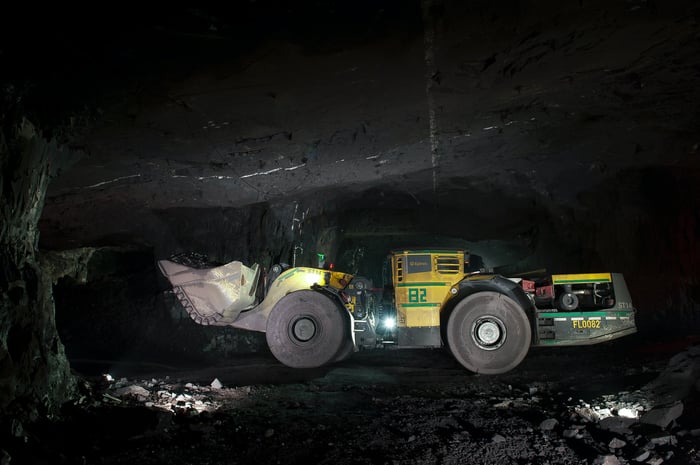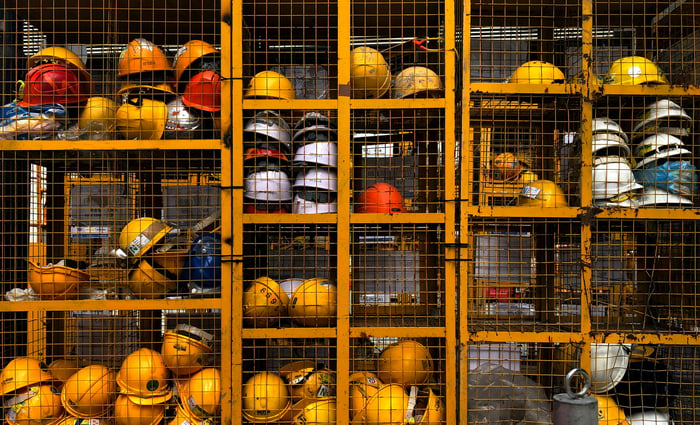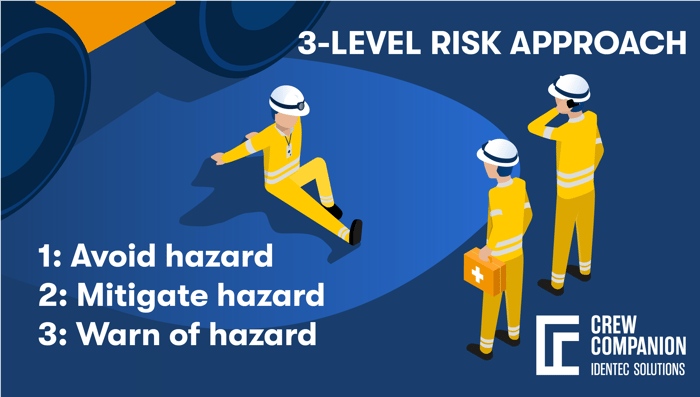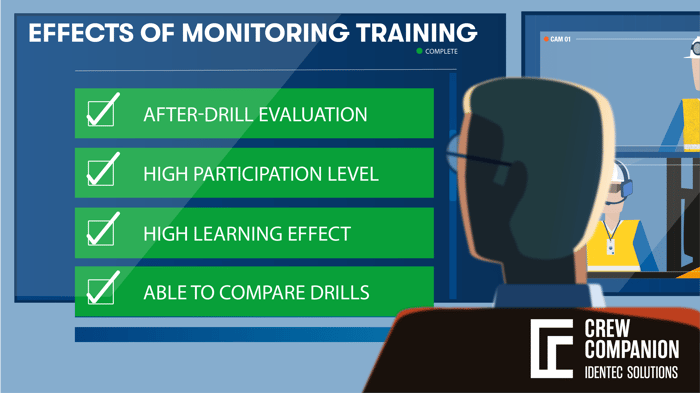Whitepaper: Wearables for improved Risk Management in Mining
Miners and mining operations continue to work under potential hazards, despite OSHA regulations across the industry. Proper risk management and safety analysis suggest preparedness how to deal best with risks.
But safety training is more than just practice: It offers insights on improved processes and regulations. Wearable transponders, used in different industries and sectors like defense, can play a crucial role in gaining such insights during training sessions. They also prove valuable in avoiding, mitigating and warning of hazards in real work mining scenarios.


Health and safety regulations across the globe
Health and safety in the mining industry have always been an important aspect of operations. In these Covid times, health became probably the most discussed topic in our societies globally. The resulting disruptions of economic activities triggered talks, strategies and concrete actions on how to strike a balance between the safety needs of the population and the well-being of economic life. This balance is, and always was, at the centre of mining operations – the health and safety concerns of miners and the return on investment for operators.
Safety standards vary greatly across the globe. The highest standards being in Europe, North America and Australia, in stark contrast to some parts of Africa or Asia where mines lack the most fundamental safety infrastructure and procedures.
To improve safety and working conditions, advanced safety standards have been made mandatory with the help of the Mine Safety and Health Acts. The International Labor Organization ILO, the International Organization for Standardization ISO and the OHSAS add to the breadth of international health and safety regulations for the mining industry.
Health standards include preventive measures (e.g., the black lung program), regular health checks and the mandatory usage of protective devices (e.g., respiratory masks). They also regulate the usage of materials and tools within the mine, approval requirements Underground mining for explosives, hydraulic fluids, and electric lamps, communication systems, dust and methane detectors, and vehicles. In addition,
safety regulations also describe the necessary training of miners and mine rescue teams in safety-related matters.
Research in the industry showed, that rules and regulations are well intended, but not always helpful. Management and regulators
should not produce more rules and descriptive safety plans as they won’t resonate with the workforce. Instead, fewer rules, but of higher quality create a better understanding among miners. The Swedish
mining industry followed this approach in the early years of 2000 and was focused on risk management.

How to cope with risks and hazards: Prepardness and continuity planning
Despite national and international regulations, mining and quarrying is still the sector with the highest level of work-related health problems in the European Union. On the positive side, mining has “only” the seventh-highest total number of fatal accidents at work in the EU and continues to improve its records.
On a global level, the health and safety issues in the mining industry are much worse. The non-existence of regulations causes thousands of fatal incidents per year.
However, the existence of safety regulations doesn´t by itself prevent accidents, even on a smaller scale. The Department of Mineral Resources highlighted this by commenting that “very few people have accidents for which there is no procedure in place, and we have a significant degree of accidents as a result of people breaking rules, ignoring rules, or simply not knowing about them…”

The top priority in risk management is always to eliminate risks as much as possible and follows a three-level hierarchy of control approach. The first level eliminates the hazard and the associated risk and is the most effective measure of control (e.g., no holes in the floor where people work).
If this is not reasonably practicable, risks should be mitigated by substituting the hazard with something safer (install guard rails). The third level acts as an administrative control to minimize the exposure to a hazard (warning sign or protective equipment).
The top risks in mining related to the health of miners are dust inhalation, constant loud noise, musculo-skeletal damage, thermal stress, and chemical hazards. Potential safety hazards include ground stability and rockfalls, mobile plant roll-overs, fire and explosion, loss of ventilation, the in-rush of water, entanglement in machinery, falls from height, injuries from handling heavy loads.
Over the decades, health risks have been reduced dramatically through the application of regulations. The probability of safety hazards diminished over time as well as new technology improved the construction, infrastructure, and operation of mines. Yet the road to zero harm remains far. The future of mining lies in more challenging environments and more difficult exploration, resulting in higher safety risks. In one sentence: health and safety hazards will remain part of the mining business for the coming decades.
Continue your read and download our free whitepaper below!

Download and learn
-
Suggestions how to approach and manage different levels of risks...
-
Ideas which tools you can use for your safety training...
-
Answers why wearables make your safety training different...
-
Arguments to improve safety standards and to invest into better methods and tools
-
An overview about safety standards and rules in the mining industry
-
A long list of further safety related literature